Search results for: “john rogers”
-

Video: John Rogers on soft electronics for the human body
Recorded at ApplySci’s Wearable Tech + Digital Health + Neurotech Boston conference on September 19th at the MIT Media Lab. Join ApplySci at Wearable Tech + Digital Health + Neurotech Silicon Valley on February 26-27, 2018 at Stanford University. Speakers include: Vinod Khosla – Justin Sanchez – Brian Otis – Bryan Johnson – Zhenan Bao…
-
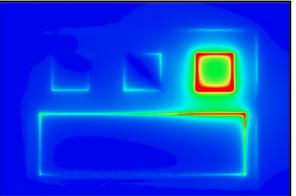
Pain management via implanted, bioresorbable drug delivery device
John Rogers has developed a wireless, self-powered, bioresorbable implant for programmed drug delivery, enabling precision pain management. When exposed to an external light source, the implant’s wavelength-sensitive phototransistor opens a gate, releasing a pre-loaded reservoir of a drug into the body. It dissolves after the regimen is complete, eliminating the need for surgery to remove…
-

Wearable sensor network informs transient pacemaker
John Rogers and Northwestern colleagues have developed their second generation transient pacemaker, used post cardiac-surgery or for those awaiting permanent pacemakers. The new version, still implantable, wireless, and self dissolving, works with a network of soft wearable sensors, placed around the body. The sensors continuously monitor body temperature, oxygen levels, respiration, muscle tone, physical activity,…
-
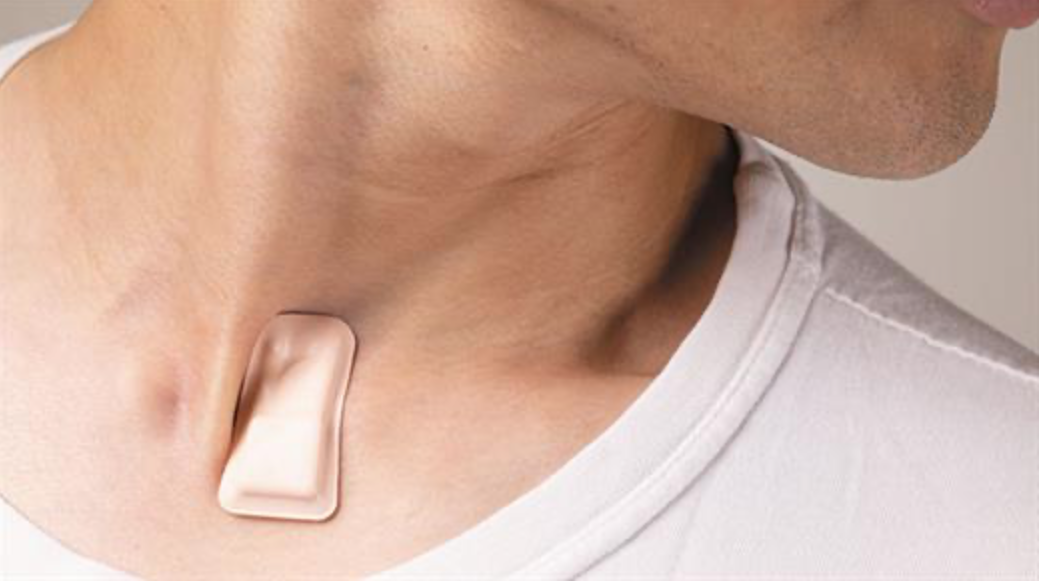
Organic electronic patch + algorithm continuously monitor multiple COVID symptoms
Northwestern and University of Illinois researchers have partnered to combine a COVID symptom-detecting wearable with a method to organize and analyze the massive data sets required to accurately show disease progression. The technology will be used in hospitals and nursing homes, to monitor both patients and healthcare workers, to identify contagion early in an effort…
-
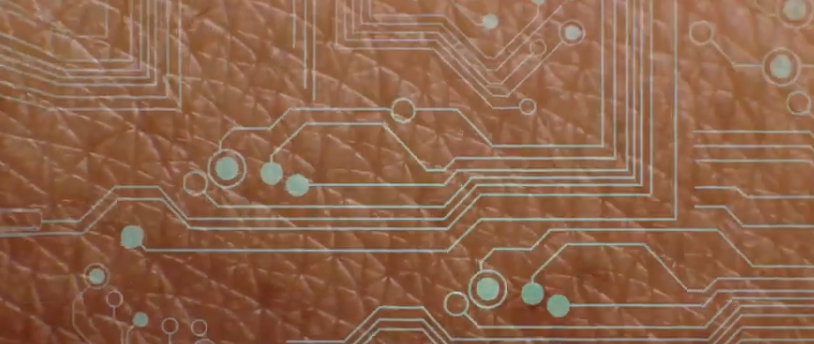
Wireless, wearable sticker adds a sense of touch to VR
John Rogers, Yonggang Huang and Northwestern colleagues have developed an “epidermal VR” system that adds a sense of touch to any virtual reality experience. The device incorporates a distributed array of 32 individually programmable, millimeter-scale actuators, each of which generates a discrete sense of touch at a corresponding location on the skin. Each resonates most strongly…
-
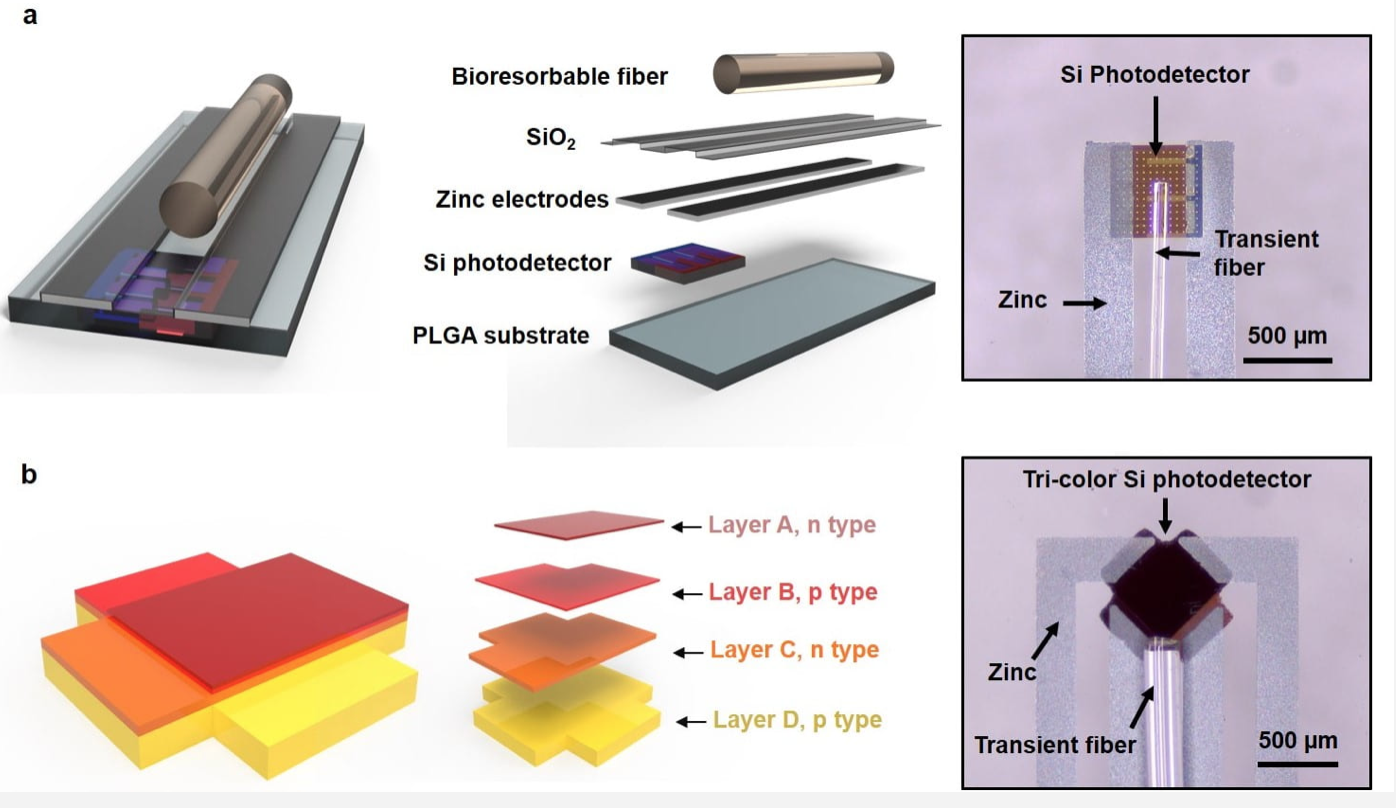
Biodegradable optical sensor monitors physiological function, can provide electrical stimulation, in brain and heart surgery
Northwestern’s John Rogers has developed a biodegradable optical sensor that can be implanted after brain injury and not require a second surgery for removal. According to Rogers: “Optical characterization of tissue can yield quantitative information on blood oxygenation levels. Fluorescence signals can reveal the presence of bacteria as a diagnostic for the formation of an…
-
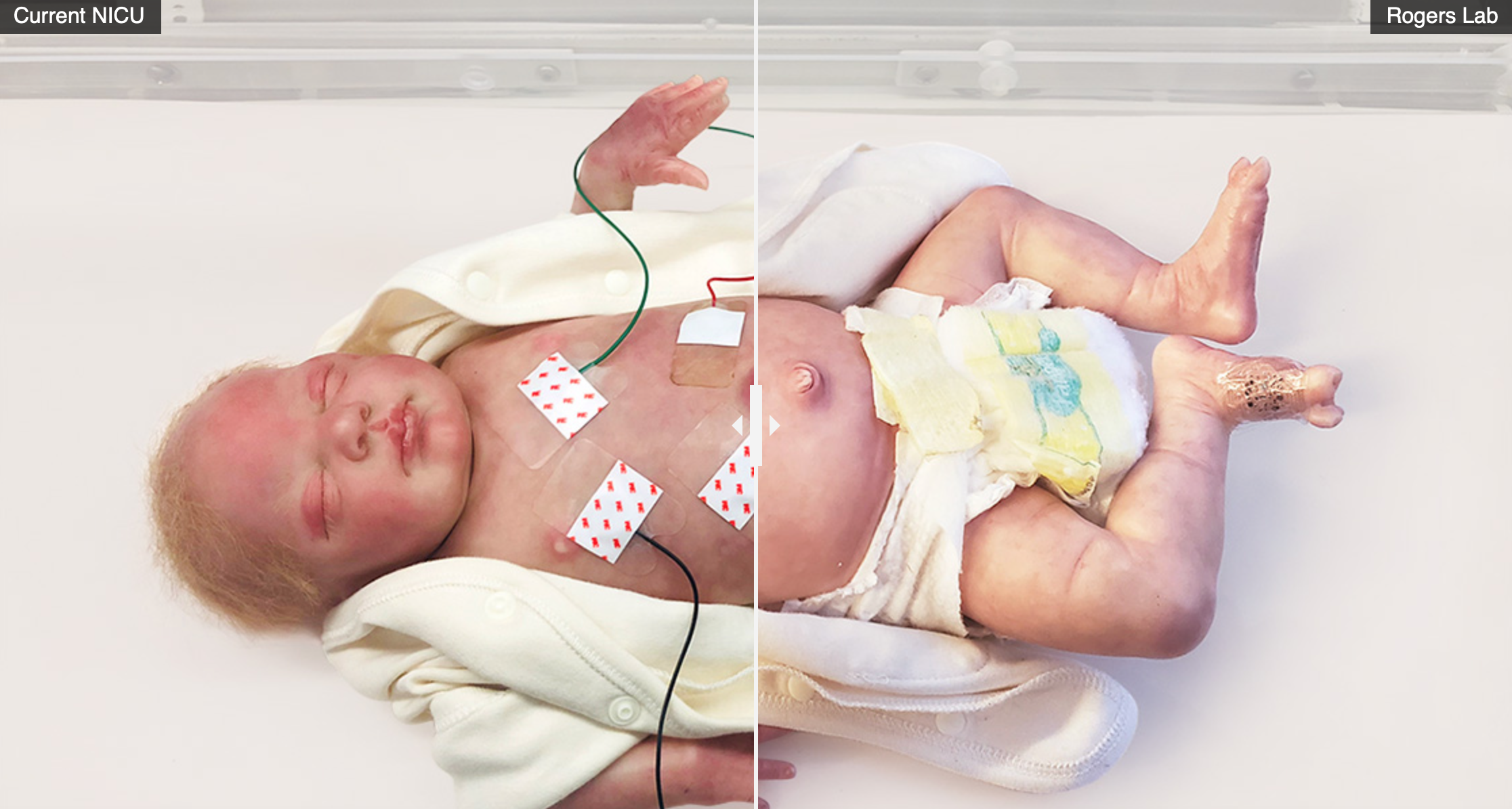
Wireless, skin-like sensors monitor baby heart rate, respiration, temperature, blood pressure
John Rogers and Northwestern colleagues have developed soft, flexible, battery-free, wireless, skin-like sensors to replace multi wire-based sensors that currently monitor babies in hospitals’ neonatal intensive care units. The goal is to enable more accurate monitoring, and unobstructed physical bonding. The dual wireless sensors monitor heart rate, respiration rate and body temperature — from opposite…
-
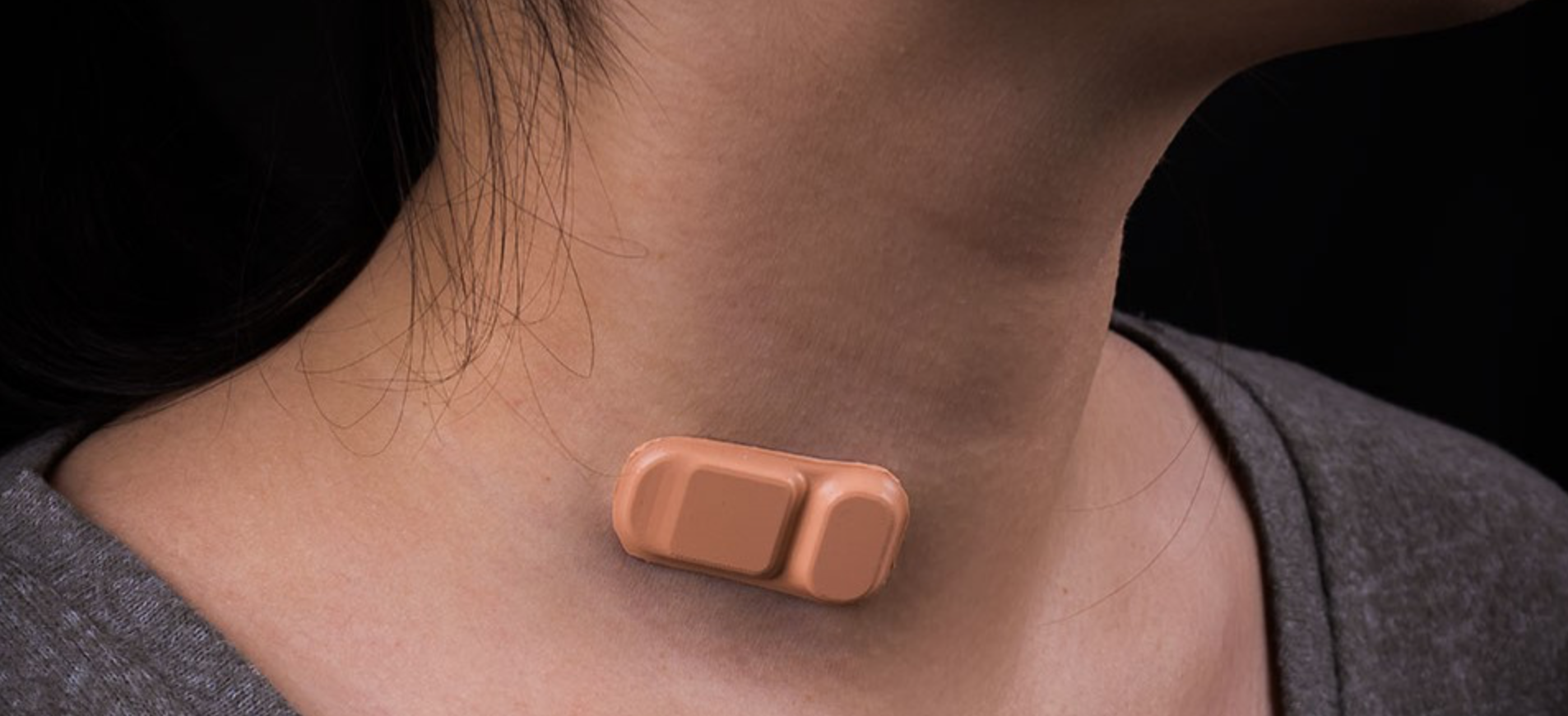
Wearable sensor monitors shunt function in hydrocephalus
Northwestern’s John Rogers has created another minimal, flexible, wireless, adhesive wearable — this time to help hydrocephalus patients manage their condition. The band-aid like sensor determines whether a shunt is working properly. Shunts often fail. When this happens, a patient can experience headaches, nausea and low energy, and must go to a hospital immediately. However,…
-
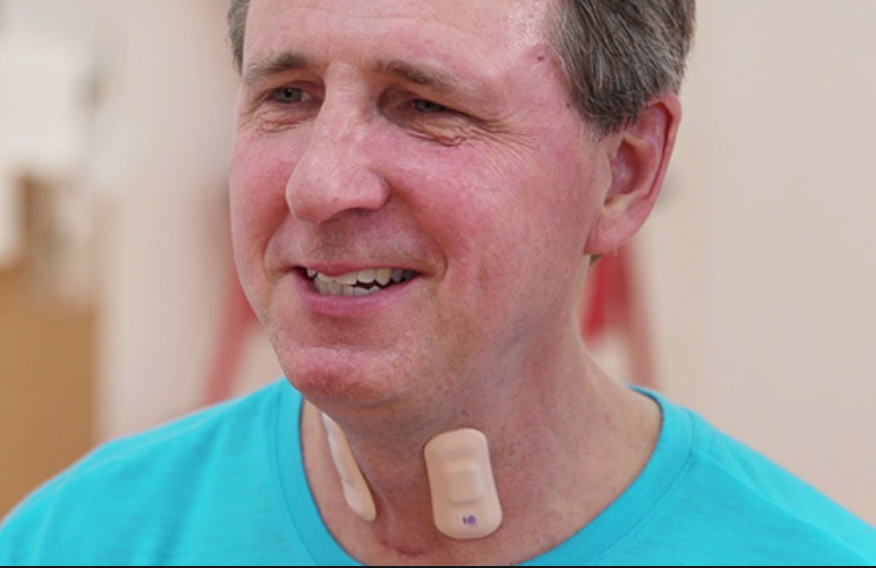
Throat-worn sensor-sticker transforms stroke rehab
John Rogers‘ latest stretchable electronics breakthrough will transform stroke rehabilitation. The throat-worn wearable, developed with the Shirley Ryan AbilityLab, measures patients’ swallowing ability and patterns of speech, and aids in aphasia diagnosis. The Shirley Ryan AbilityLab uses the throat sensor in conjunction with Rogers-developed biosensors on the legs, arms and chest to monitor stroke patients’ recovery…
-
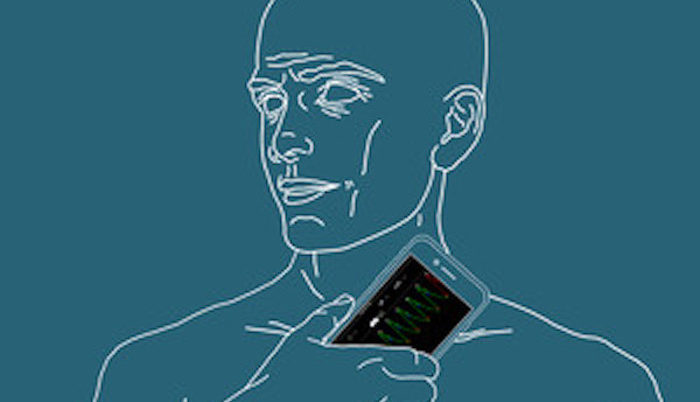
App uses phone’s camera to monitor heart health
Mory Gharib and Caltech colleagues have developed an app which uses a phone camera to monitor heart health. When held to the neck, it infers the left ventricular ejection fraction of the heart by measuring the amount that the carotid artery displaces the skin of the neck as blood pumps through it. According to Gharib:”What is…
-
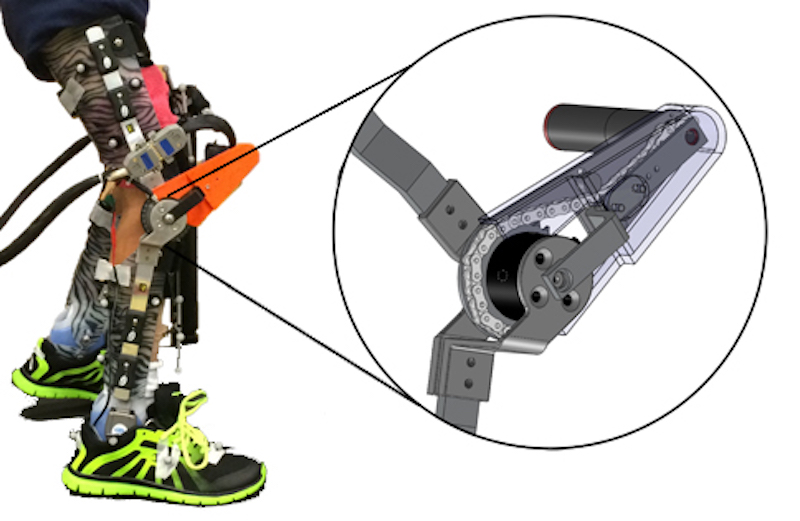
Exoskeleton builds muscle capacity, improves posture in cerebral palsy
Thomas Bulea and NIH colleagues have developed a robotic exoskeleton for children with cerebral palsy. “Crouch gait,” where a person walks with a perpetual bend in their knees, is a hallmark of the disease. This damages muscles and joints and results in paralysis for half of cerebral palsy patients. Bulea believes that increasing the amount…
-
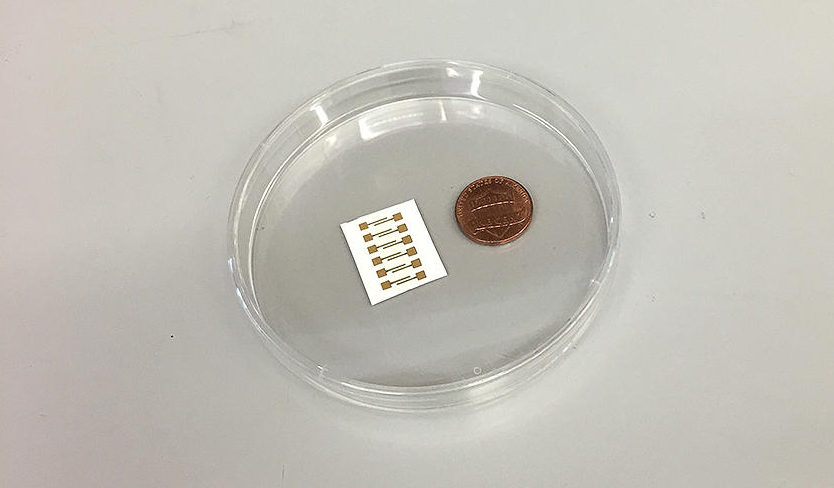
Patch monitors diabetes compounds in sweat for 1 week
University of Texas professor Shalini Prasad has developed an adhesive sensor that measures diabetes-associated compounds in small amounts of sweat. Blood glucose levels, cortisol and interleukin-6 are detected in perspiration for one week with full signal integrity. The device uses ambient sweat, created by the body with out stimulation. The sensor can be placed anywhere…